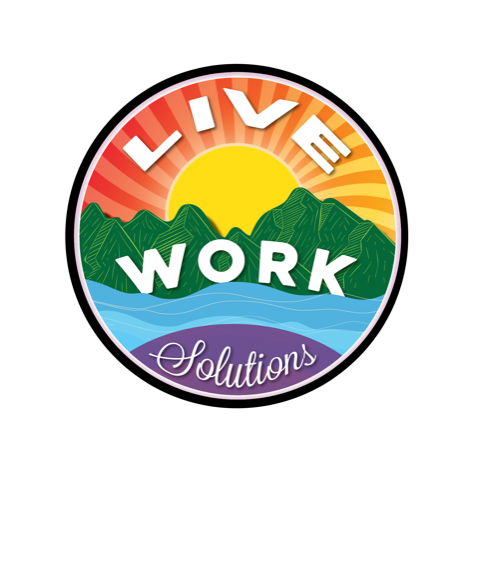Soft addictions are practices and behaviors we latch onto when we are trying to avoid unpleasant realities, painful truths, or mundane tasks. There is no harm in engaging in numbing activities, but the key is intention. If we feel our feelings first and then consciously seek distraction, we can be compassionate with ourselves after noticing we’ve watched three episodes of Lucifer, or eaten the brownies we saved for the kids’ lunches (pure hypotheticals).
Soft addictions are mostly harmless distractions. They are generally not imbued with intrinsically positive, or negative value. Perhaps they’re employed as palate cleaner, transitional activity, or demarcation of the end of a hard day. They can keep us motivated through mundane tasks. They can be fun! They’re usually things are are not bad for us in small doses. It’s the dependence makes them crutches. Gatekeepers between acceptance and denial.
The most common choices for soft addictions I see are:
television, especially streaming services like Netflix, or chains of videos on YouTube
eating for distraction past the point of hunger
daydreaming, or ruminating
shopping, i.e. “retail therapy”
smartphone addiction
Please note: smartphone addiction is on the soft addiction list, but it also seems to belong on the hard addiction list, along with drugs and alcohol. This is due to the addictive elements that Silicon Valley has admitted to consciously manufacturing. There have been numerous articles written about this insidious practice (i.e. The Creators of Some of Technology’s Most Addictive Features Think They’re Harming Us and Our Minds Can be Hijacked) and even an institute developed by software engineers and others, designed to combat its ill effects (Center for Humane Technology).
Interestingly enough, successful programmer, Nir Eyal is both the man behind the book Hooked, wherein he teaches tactics for tech companies to better engage comsumer, and also behind Indistractible, in which he argues that the issue with tech is not screens but people’s own minds, and advocates looking within to solve their problem. He helped create these insidious practices, but encourages one look within to decipher the root of one’s dependence.
There is no harm in using a crutch when we need support, but there is harm continuing to ignore the problem at its root.
To wean oneself off of ones crutches, try the following:
Read There Must Be More to This: Finding More Life, Love & Meaning by Overcoming Your Soft Addictions, by Judith Wright who is a professor of Transformational Psychology and President and Co-founder of The Wright Graduate Institute,
Journalling before and or after to understand which be underlying the need for the addiction and what triggered it. For help getting started, try Dr. Wright’s Soft Addiction Template. She also has a quiz to help determine if you have a soft addiction.
Practice meditation, or mindful breathing exercises
Try moving your body - stretching, light cardio, Yoga, anything to raise your endorphins and your self-esteem
Create manageable goals and praise yourself when you reach them. Sometimes we reach for our soft addictions when we’re engaging in the fallacy of perfectionism and thereby hamstring ourselves from trying.
Reach out to a trusted friend, support group, or counselor.
Remember, the LiveWork credo is radical honesty + self-compassion. Yes, you may sometimes undermine your highest intentions, but noticing your weaknesses is truly half the battle. Pour love into the places that hurt, plan for how to do better and take it moment by moment.

